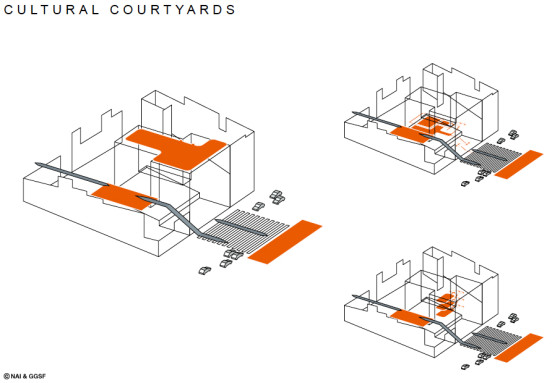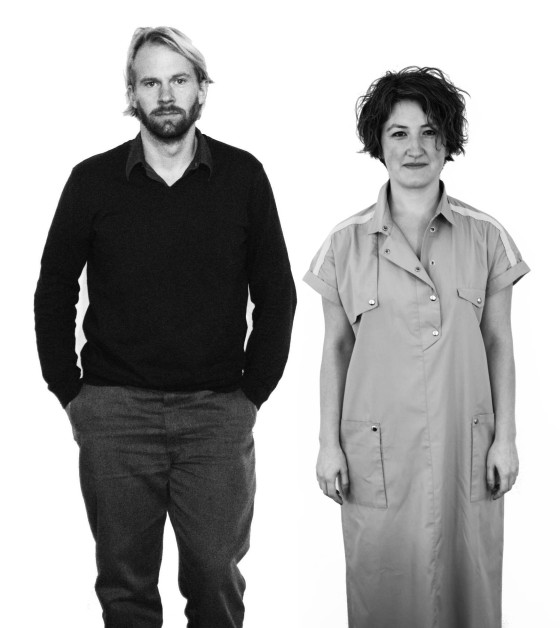Vacancy and Re-use: Intervening the Voids of the City
The Case of Galata Greek School, Istanbul
Date: March 5, 2014
Venue: Coming Soon Project Gallery (Budapest, V. District, Kossuth Lajos street 14-16.)
Further programmes on the 6-7th of March: workshops about empty schools in Budapest. Find details here.
Vacant spaces could be results of fiscal policies or the city’s reconstruction and development mechanisms. Sometimes they emerge simply because they fall outside of the urban environment’s functional and productive circles; while other times they are perceived as phenomena, which grow parallel to deindustrialization, suburbanization or shrinkage. The particularity of vacancy is embedded in its specific context and culture.
Istanbul is a city of temporariness and informality since the 15th century. After the cession of the city, immigrants to Istanbul were allowed to occupy the vacant buildings. Since then, Istanbul has witnessed and sometimes dealt with vacancy tied to a variety of periods, contexts and reasons to the vacancy. One of the many cases is about a school building dating back to 1853, which belongs to the Greek minority living in Istanbul. Since the number of Greeks in Istanbul has significantly decreased until the present day, this community school has had no students for many years. The school administration has been working on transforming the building, ultimately into a cultural centre.

The project explored the concepts of vacancy and re-use in Galata Greek School, through a matchmaking process. The changing function of the building, the upward mobility of the neighbourhood, reviving the identity of the school in the collective memory of the Greek community, the monument status of the building were some of the several considerations in the project. A series of activities were organised to fully grasp these dimensions of re-use. Experts from the Netherlands, Turkey and Greece first developed a vision and mission for Galata Greek School. Questions on how the building should re-integrate with the neighbourhood and Istanbul, how it should represent the community, how the original design of the building will correspond to the programming and the management, and the regarding articulations were studied. Strategies were drawn for short, mid and long term including architectural, programming and management scenarios. Vision, Context, Phasing appeared as key elements of the project.
During this lecture, vacancy and re-use in Istanbul will be discussed in general and the case of Greek School re-use project will be presented, touching upon matchmaking process as a working method.
This project was commissioned by the Netherlands Architecture Institute and the Galata Greek School NGO. The offices that participated in the Matchmaking Project were: O+A, Perplekcity, Studio Iris Schutten, ABOUTBLANK, Doepel Strijkers Architects, Group A, ZU Mimarlık, Eva de Klerk, Dafni Mimarlık.
Merve Bedir
Merve Bedir graduated as an architect from the Middle East Technical University in Ankara in 2003. She was involved in a variety of architectural design projects in Turkey, Egypt and Georgia until 2008. Since then, she has been conducting her PhD research on user behaviour and consumption at Delft University of Technology. She was involved in various projects about urban regeneration and re-use funded by the European Union. Her office, Land+Civilization Compositions, co-curated two projects for the Netherlands Architecture Institute.
Jason Hilgefort studied urban design at The University of Cincinnati and architecture at The University of British Columbia. His work experience ranges from New York to Mumbai. From 2000 to 2004 he worked with renowned Sustainable Urbanist Peter Calthorpe. He joined Maxwan A+U in 2007, as the project leader for Barking Riverside, London. Jason lead Maxwan’s numerous competition victories in Helsinki, Basel, Kiev, Brussels, Ostrava, Antwerp, Hannover, and Lithuania. He won Europan 11 in Vienna, and in 2012 he founded the office Land+Civilization Compositions for urbanism, architecture, landscape, art, and research. He is also a contributor to uncube magazine.
The programme is supported by Stimuleringsfonds Creatieve Industrie and Norvég Civil Támogatási Alap.




